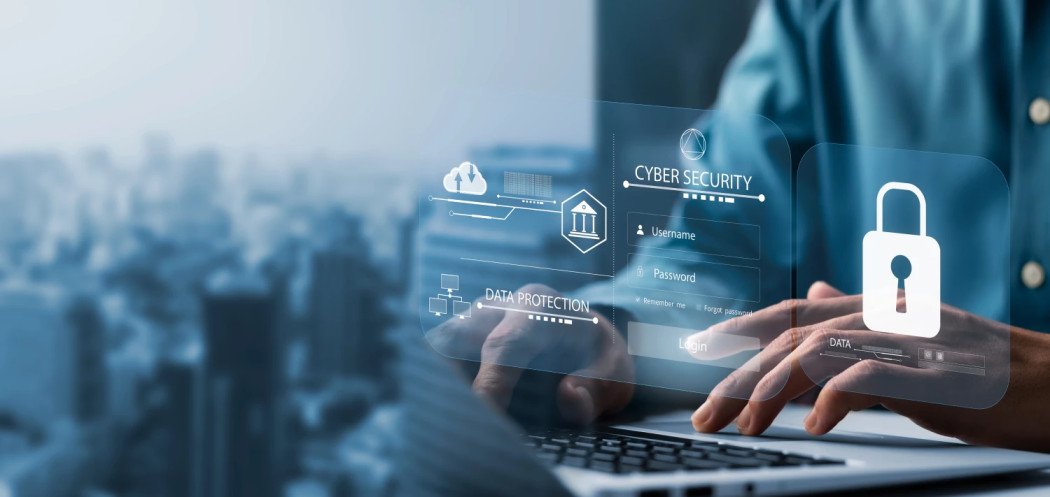In today’s hyper-connected world, cybersecurity is no longer just an IT concern it’s a daily necessity for individuals, businesses, and governments. With data breaches, phishing scams, and ransomware attacks making headlines regularly, understanding the basics of digital protection is critical for everyone who spends time online. This guide explores the fundamentals of cybersecurity, why it matters more than ever, and practical strategies you can adopt to safeguard your digital life.
What Is Cybersecurity?
Cybersecurity refers to the practice of protecting systems, networks, devices, and data from malicious digital attacks. It encompasses a wide range of tools, policies, and processes designed to prevent unauthorized access, damage, or exploitation. Cybersecurity is not just about defending corporate networks. It’s also about protecting personal data bank accounts, private conversations, photos, and even your identity.
Why Cybersecurity Is More Important Than Ever
1. Rising Cybercrime Statistics
-
Cybercrime damages are expected to cost the world $10.5 trillion annually by 2025.
-
Ransomware attacks occur every 11 seconds on average.
-
Over 80% of breaches are linked to stolen or weak passwords.
2. Remote Work Vulnerabilities
With millions of employees working remotely, unsecured home networks and personal devices have become prime targets for attackers.
3. Increasing Regulation
Governments are enforcing stricter cybersecurity compliance laws (such as GDPR, HIPAA, and CCPA). Businesses face heavy fines if they fail to secure consumer data.
The Major Types of Cybersecurity Threats
Malware
Malware is malicious software designed to infiltrate devices and networks. It includes viruses, worms, trojans, and spyware.
Phishing
Phishing scams trick users into revealing sensitive data such as login credentials or credit card details often through fake emails or websites.
Ransomware
Ransomware encrypts a victim’s files and demands payment for their release. It has become a billion-dollar criminal enterprise.
Man-in-the-Middle Attacks
Cybercriminals intercept communications between two parties to steal data, often through unsecured Wi-Fi networks.
Denial-of-Service (DoS) Attacks
These attacks flood a system with traffic, overwhelming it and making it inaccessible to legitimate users.
Core Principles of Cybersecurity
1. Confidentiality
Only authorized users should access sensitive information.
2. Integrity
Data must remain accurate and unaltered during storage or transmission.
3. Availability
Information should be accessible when needed, without being disrupted by cyberattacks.
These principles known as the CIA triad form the foundation of any strong cybersecurity strategy.
Practical Steps to Strengthen Your Cybersecurity
Use Strong Authentication
Passwords alone are no longer enough. Multi-factor authentication (MFA) adds an extra layer of security by requiring multiple verification steps.
Create Strong Passphrases
Instead of short, complex passwords, consider using passphrases longer combinations of words and characters that are both easier to remember and harder to crack. For a deeper dive, see this guide on what is a passphrase.
Keep Software Updated
Outdated software is one of the easiest entry points for hackers. Always install security patches and updates as soon as they are available.
Encrypt Your Data
Encryption ensures that even if attackers steal your information, they cannot read it without the decryption key.
Secure Your Wi-Fi Network
Always protect your router with a strong password, and avoid using public Wi-Fi without a VPN.
Backup Your Data
Maintain regular backups on external drives or secure cloud services. This ensures you can recover files if ransomware or hardware failure strikes.
Cybersecurity Awareness and Training
One of the most effective ways to combat cyber threats is through education. Employees, students, and individuals alike benefit from structured awareness programs that break down the risks and teach safe practices. A visual resource such as a cybersecurity infographic is particularly powerful in this regard. Infographics simplify complex topics into easy-to-understand visuals, making cybersecurity knowledge more accessible and memorable.
Cybersecurity for Businesses
Employee Training
Human error is a leading cause of data breaches. Regular cybersecurity awareness training helps employees spot phishing emails, avoid unsafe downloads, and follow security protocols.
Firewalls and Intrusion Detection
Businesses should deploy firewalls and intrusion detection systems to block unauthorized access.
Data Governance
Clearly define how sensitive information is collected, stored, and shared within your organization.
Incident Response Plan
Every business should prepare for the possibility of a breach. A well-documented incident response plan ensures quick, effective action when something goes wrong.
Cybersecurity and VPNs
A Virtual Private Network (VPN) is a key tool in the cybersecurity toolkit. By encrypting your internet traffic and masking your IP address, VPNs protect against eavesdropping, identity theft, and censorship. In countries where internet access is restricted, VPNs can also provide a secure way to bypass censorship. If you’re interested, you can learn more about how to bypass censorship with a VPN.
Emerging Trends in Cybersecurity
Artificial Intelligence (AI) in Threat Detection
AI and machine learning are increasingly used to detect suspicious behavior patterns and respond to threats faster than humans can.
Zero Trust Architecture
The “never trust, always verify” model ensures no user or device is trusted by default, even if inside the network.
Quantum-Safe Encryption
As quantum computing advances, researchers are developing encryption methods resistant to quantum attacks.
Cloud Security
With the rise of cloud storage and SaaS tools, ensuring security in cloud environments is a top priority.
FAQs
Q1: What are the biggest cybersecurity threats today?
Phishing, ransomware, and insider threats remain the top risks for individuals and businesses alike.
Q2: How can I tell if my computer has been hacked?
Signs include unusual pop-ups, slow performance, unauthorized account activity, and unexpected software installations.
Q3: Do small businesses really need cybersecurity?
Yes. In fact, small businesses are often targeted because they lack robust security defenses.
Q4: Are VPNs completely secure?
VPNs significantly improve privacy and security, but they are not a complete solution. They should be used alongside strong passwords, firewalls, and antivirus software.
Q5: What should I do if I fall victim to a cyberattack?
Disconnect from the internet, run antivirus scans, change your passwords, contact your bank if financial data is compromised, and report the incident to relevant authorities.
Conclusion
Cybersecurity is no longer optional it is essential for protecting both personal and professional data. From adopting strong authentication practices to using tools like VPNs and encryption, everyone has a role to play in creating a safer digital environment. By staying vigilant, informed, and proactive, you can significantly reduce your risk of falling victim to cybercrime and build a resilient defense for the digital age.

